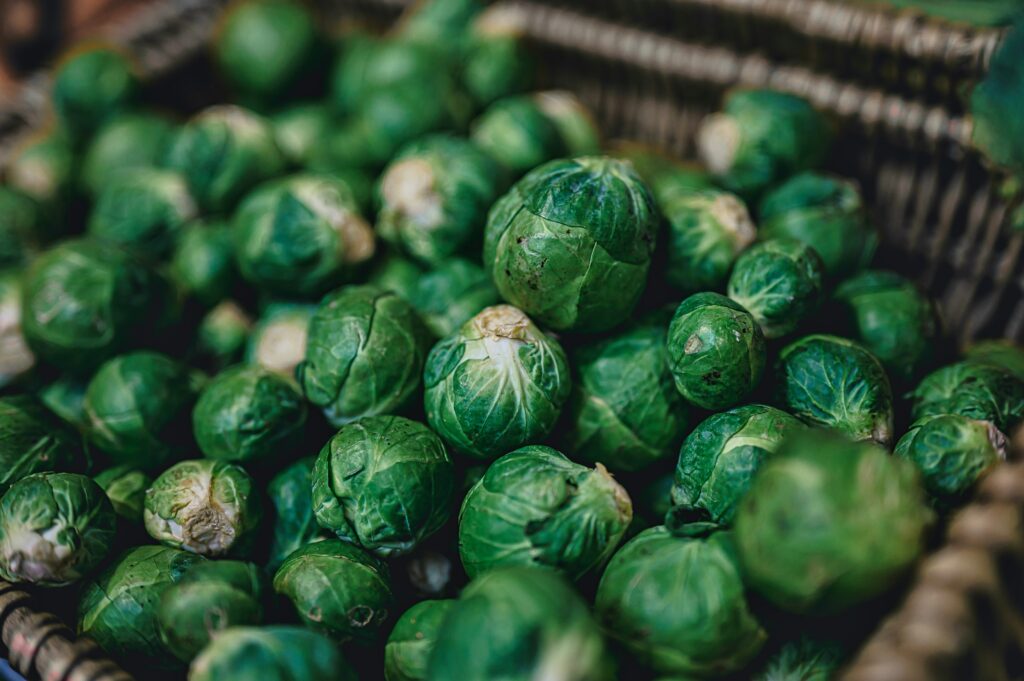From CO2Science: The bird cherry-oat aphid is responsible for significant losses in cereal yield and quality each year. Society, however, has a secret weapon in its fight against this harmful insect pest and that weapon is rising atmospheric CO2, which reduced both aphid development and fecundity in this controlled study. In an important paper demonstrating an appealing virtue of atmospheric CO2, Navarro et al. (2020) investigated the interaction between elevated CO2 and the development and performance of the bird cherry-oat aphid.
Paper reviewed: Navarro, E.C., Lam, S.K. and Trebicki, P. 2020. Elevated carbon dioxide and nitrogen impact wheat and its aphid pest. Frontiers in Plant Science 11: 605337, doi: 10.3389/fpls.2020.605337.
Writing as background for their study, the three researchers note that annual food production losses due to insects presently amount to between 30 and 40% of total global food production. In particular, they add aphids “are among the most important cereal pests worldwide, inflicting economic damage directly through feeding and through the spread of viruses. And so it was that the scientists chose to focus on the bird cherry-oat aphid (Rhopalosiphum padi), a widely-distributed pest found in all wheat growing regions of the globe and which is “the main vector of Barley yellow dwarf virus, responsible for significant losses in cereal yield and quality.”
The experiment was conducted in growth chambers under controlled environmental conditions. There, wheat (Triticum aestivum) plants were exposed to one of two CO2 concentrations (400 ppm or 800 ppm) and one of three treatments of nitrogen (N) application (low, medium or high, corresponding to 141, 282, and 423 mg/100 g of ammonium sulfate, respectively) for a period of four weeks. Aphids were collected in the wild and reared on wheat under ambient conditions for over five generations prior to their insertion into the different treatments described above.
In discussing their findings, Navarro et al. report elevated CO2 significantly enhanced wheat dry weight. As shown in Figure 1a, these enhancements amounted to 73%, 73% and 37% in the low, medium and high N treatments, respectively. Elevated CO2 significantly increased wheat tiller numbers (+23%). In addition, plant biomass was also enhanced by increased N application.
With respect to their findings on aphid development and performance, the authors report elevated CO2 (1) had no impact on the duration of the period from aphid birth to adulthood, (2) significantly increased the duration of the period from birth to the onset of reproduction from 7.78 to 8.32 days, and (3) significantly increased the mean generation time from 10.52 to 11.27 days. Additionally, they report elevated CO2 (4) significantly reduced total aphid fecundity by an average 22% across nitrogen treatments (see Figure 1b), (5) significantly decreased the mean nymph number per aphid during the pre-reproductive period by 19% and (6) from the onset of reproduction to the end of the experiment by 21%. Lastly, the (7) intrinsic rate of natural increase and (8) mean relative growth rate of the aphids were both reduced by 13% under elevated CO2. In contrast, aphid development was unaffected by N content.
The above findings suggest that the modern rise in atmospheric CO2 is alleviating the deleterious impacts of the bird cherry-oat aphid on global wheat production, reducing both its development and fecundity. At the same time, the increasing CO2 content of the air is enhancing wheat growth and production via its well-known fertilization effect. The significance of this win-win situation is recognized in comments made by Navarro et al. (2020) when introducing their paper, where they cite projections that current global food production values must double by mid-century in order to meet the requirements of a growing world population expected to reach 9.7 billion. However a major challenge in meeting such needs is overcoming food production losses caused by pests. And in this regard, they note the total loss of food crops due to insect pests amounts to an estimated 30-40% of annual global food production. Thus, reducing these losses will go a long way toward meeting the increasing food needs of society. What is more, these production gains will occur naturally, without the aid of insecticide use, the latter of which application over time can lead to harmful chemical buildup unintended environmental problems.
Additional studies documenting the beneficial effects of elevated CO2 on plant-aphid interactions can be found here, as well as with other herbivores in the CO2Science Subject Index on this page under the main heading of Herbivory.

Figure 1. Wheat dry weight (left panel) and mean total fecundity per female aphid (right panel) to CO2 and nitrogen application. The percentages in red text indicate the percent decline in wheat dry weight or aphid fecundity due to elevated CO2 for a given nitrogen treatment. Error bars indicate the SEM, * = P < 0.05 and *** = P < 0.001. Source: Navarro et al. (2020).



You might consider putting plain English words after a scientific word so the masses can understand easily the meaning. Not everyone knows how quick and easy a google search is to find out the meaning.
Example :- fecundity (fertility)
fe·cun·di·ty
/feˈkəndədē,fiˈkəndədē/
Learn to pronounce
noun
the ability to produce an abundance of offspring or new growth; fertility.
"multiply mated females show increased fecundity"
the ability to produce many new ideas.
"the immense fecundity of his imagination made a profound impact on European literature"
So the CO2 increase will result in increased crop yields and reduced crop loss.
Has anyone advised Bambi (aka Prime Minister Justin Trudeau) and Climate Barbi (aka Minister Catherine McKenna) of this study?